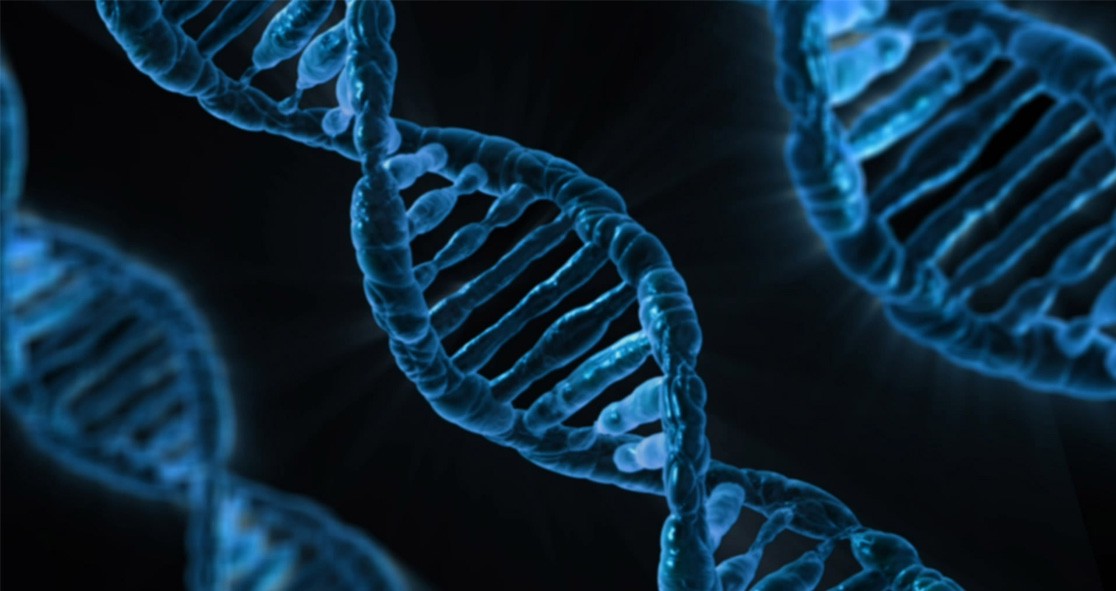Dr. Alysson Muotri of the University of California San Diego School of Medicine has been studying how the brain develops and what happens to it in neurological disorders.
So he decided to try stem cells, which are often applied in evolutionary reconstructions. Stem cells are the self-renewing precursors of other cell types, which can be used to build brain organoids called mini-brains in a lab.
Dr. Muotri and his team, who published their study on Thursday in the journal Science, discovered a single gene alteration that may help in explaining cognitive differences between modern humans and their predecessors.
They cataloged the differences between the genomes of diverse modern human populations and the Neanderthals and Denisovans, who lived during the Pleistocene Epoch, approximately 2.6 million to 11,700 years ago, according to Science Daily.
Dr. Muotri, who is the senior author of the study, said, “It’s fascinating to see that a single base-pair alteration in human DNA can change how the brain is wired. We don’t know exactly how and when in our evolutionary history that change occurred. But it seems to be significant, and could help explain some of our modern capabilities in social behavior, language, adaptation, creativity and use of technology.”
Mini-brains are little clusters of brain cells formed by stem cells. They are not exactly brains, but they have been found useful for studying genetics, disease development, and responses to infections and therapeutic drugs.
“This study focused on only one gene that differed between modern humans and our extinct relatives,” Dr. Muotri explained. “Next we want to take a look at the other 60 genes, and what happens when each, or a combination of two or more, are altered.”
“We’re looking forward to this new combination of stem cell biology, neuroscience, and paleogenomics,” he added. “The ability to apply the comparative approach of modern humans to other extinct hominins, such as Neanderthals and Denisovans, using brain organoids carrying ancestral genetic variants is an entirely new field of study.”
To dig deep, Dr. Muotri has collaborated with Prof. Katerina Semendeferi of UC San Diego.
Prof. Semendeferi, who is the co-author of the study, said, “We will merge and integrate this amazing stem cell work with anatomic comparisons from several species and neurological conditions to create downstream hypotheses about brain function of our extinct relatives. This neuro-archealization approach will complement efforts to understand the mind of our ancestors and close relatives, like the Neanderthals.”
The story was published Thursday in Science Daily.





















